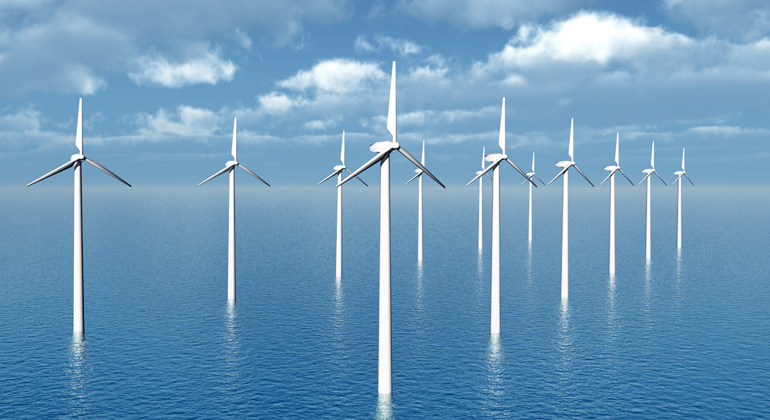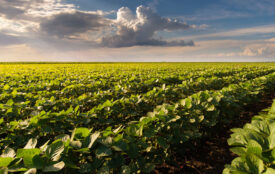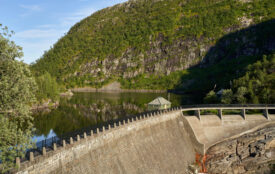Bottom-dwellers thrive at foundations of offshore wind farms
Offshore wind farms host more soil animals per square meter than the North Sea floor, discovered Leiden researchers. After 25 years, hundred times more animals and a doubling of the number of different species could live on the foundations of wind turbines. The researchers published their findings in Environmental Science & Technology.
Until now, only little was known about the long-term effects of wind farms on marine life. ‘Previous studies focused only on several years, not a whole life cycle of a wind turbine’, says research leader and industrial ecologist Chen Li. A wind turbine lasts about 25 to 30 years, so Li examined the effects of turbines on the soil after 25 years.
Wind turbine foundations host more soil animals
That soil animals feel at home in wind farms was known, ‘but now we have detailed numbers and a method to quantify the effect of wind farms on biodiversity’, says Li. His calculations show that foundations of wind turbines are more popular among soil animals than the North Sea floor. After 25 years, the wind turbine foundations could host hundred times more animals and lead to a doubling of species richness. ‘It is great that, along with the contributions of offshore wind energy to renewable energy, there can also be co-benefits for marine biodiversity’, says co-author and environmental scientist Laura Scherer.
Bottom dwellers feel at home in wind farms, because they can find more food there. Plants can grow undisturbed on the foundations, since bottom trawling is prohibited in many farms.
11 years of data from different research institutes
Li did not have to dive into the sea to collect the soil life samples himself for his research. He used data from Wageningen Marine Research, Gent University and Royal Belgian Institute for Natural Science from six wind farms in the North Sea. Samples had been collected on German, Belgian, Danish and Dutch wind farms over a period up to 11 years.
Li compared the samples of the seabed life inside the wind farms with the samples taken just outside the farms. He then estimated, using a model, how the seabed life will continue to develop until the end of the wind turbine’s lifespan.
Vibrations and noise
Li’s results do not mean wind turbines are solely positive for marine life. Scherer: ‘It depends on which species are lost or gained. An advantage for one species can be a disadvantage for another’. For example, some seabirds avoid wind farms and may lose their feeding or wintering grounds.
In addition, the effect of building wind turbines was not included in the study. Li: ‘Installing a turbine creates a lot of vibrations and noise’. This can disorient fish and mammals. And what do you do with a turbine at the end of its life? ‘If a wind turbine foundation is fully removed, the biodiversity gains we found will be totally damaged’, says Li. This requires careful consideration.
However, Scherer is ‘cautiously optimistic’ about the impact of the increasing number of wind turbines in the North Sea for biodiversity – ‘if the locations are carefully chosen.’ Wind farms produce renewable energy, slowing down climate change. And less climate change benefits marine life. Therefore, ‘even if there were net negative impacts of the infrastructure and operation of offshore wind power, the benefits from less climate change could possibly compensate for them.’








